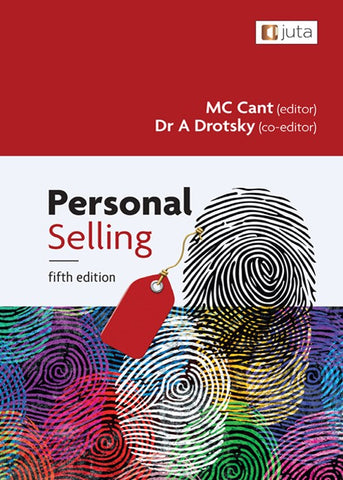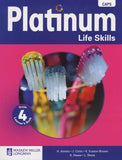
Personal Selling 5th Edition
The pandemic that hit the world in 2020 has brought about many changes around the world. This has led to numerous changes in the world of business and new trends have emerged in the world of sales. Artificial intelligence became more prominent, the impact of videos increased and automation of sales processes became the order of the day.
| ISBN: | 9781485132707 |
| Publisher: | Juta Publishers |
| Variant: | Printed |
| Author(s): | |
| Edition: | 5th Edition |
Introduction to personal selling
Introduction
Personal selling defined
The step-by-step selling cycle
Summary
References
The customer and the buying process
Introduction
Establishing the needs of customers
Factors that influence buying behaviour
Buying is a choice decision
Summary
References
Communication
Introduction
The communication model
Verbal communication
Non-verbal communication
Written communication
Adaptive selling: The four communication styles
Barriers to effective communication and ways to overcome them
Summary
References
Further reading
We Also Recommend





